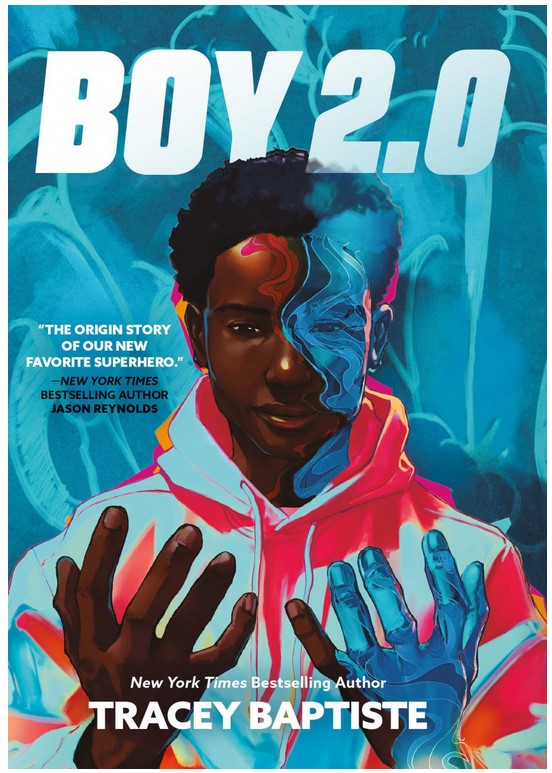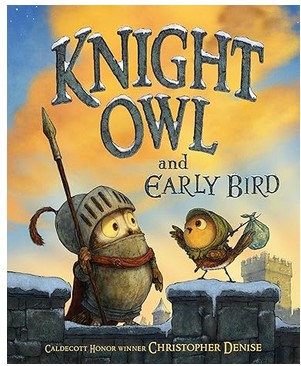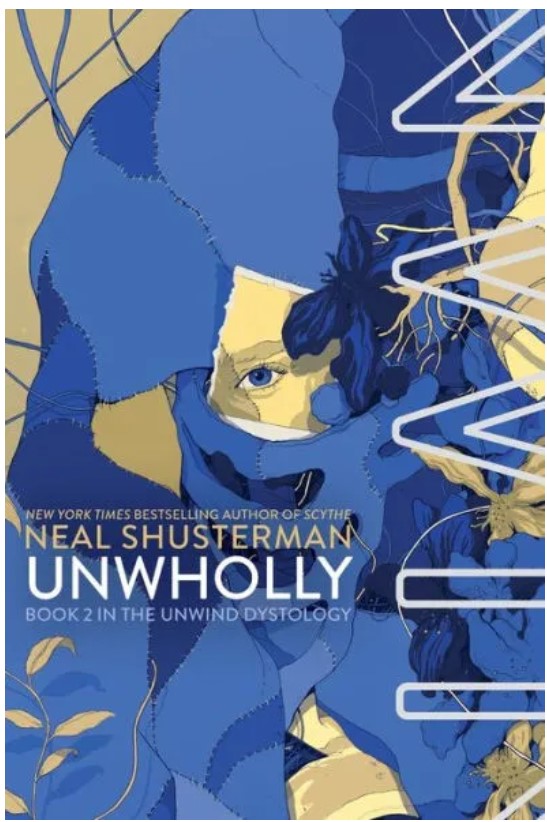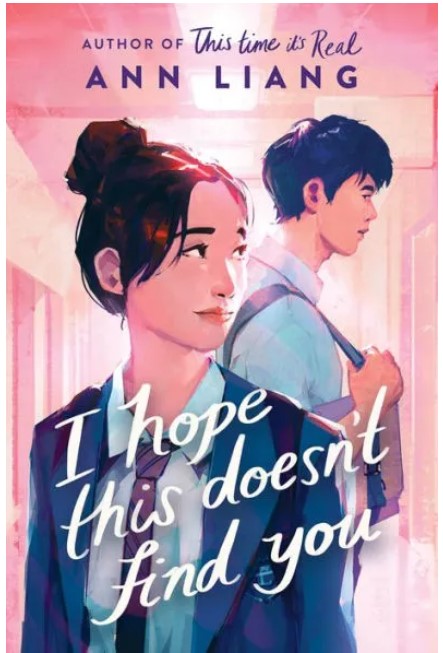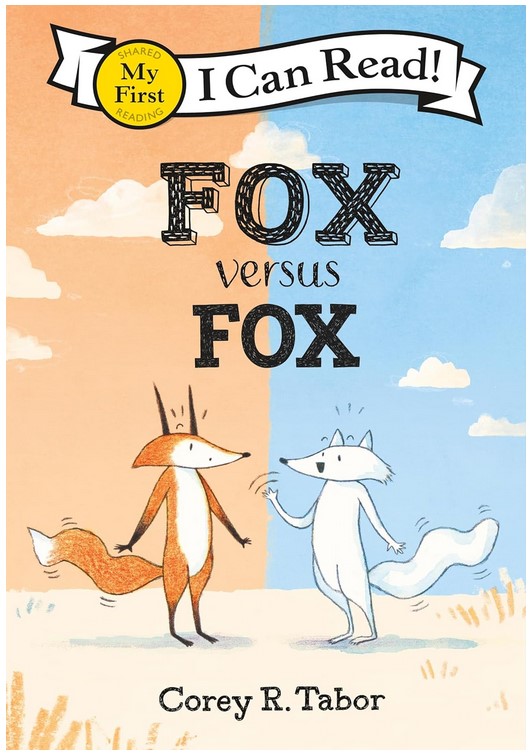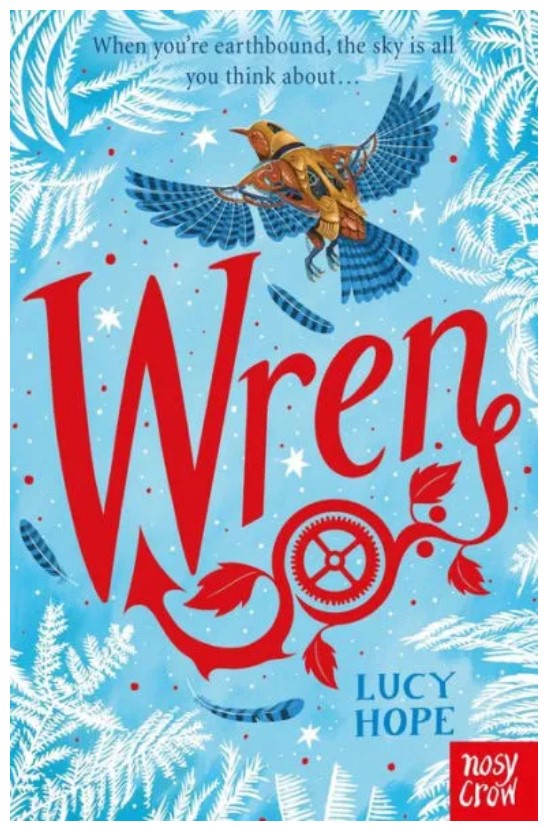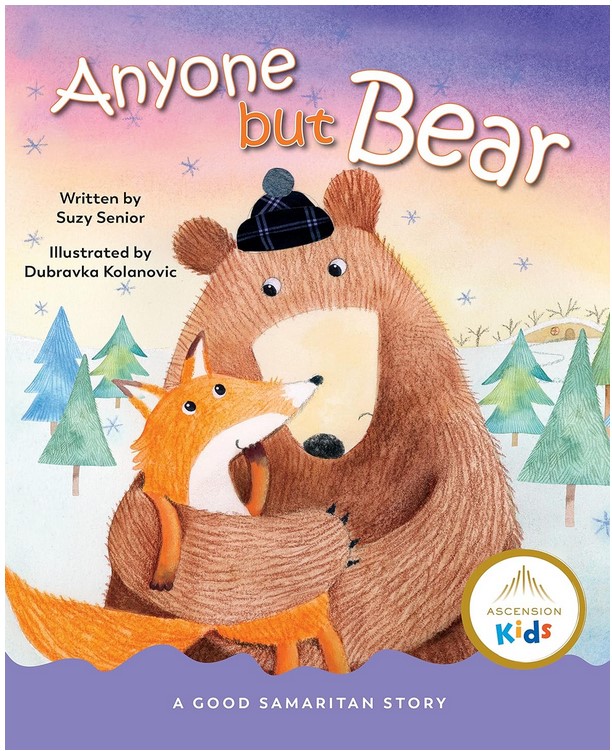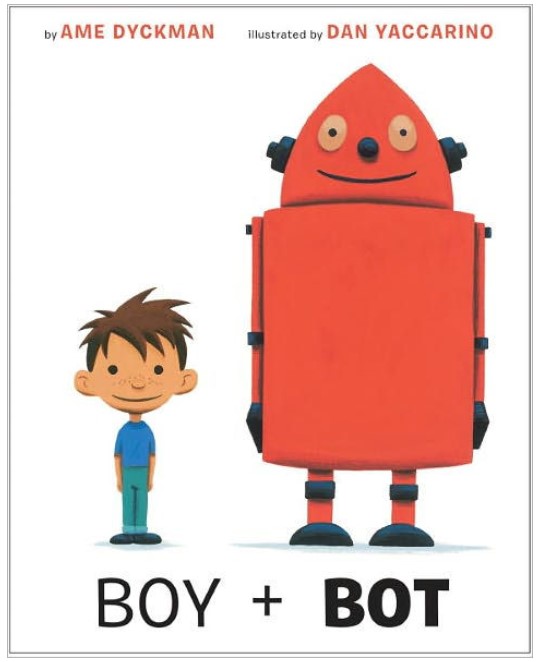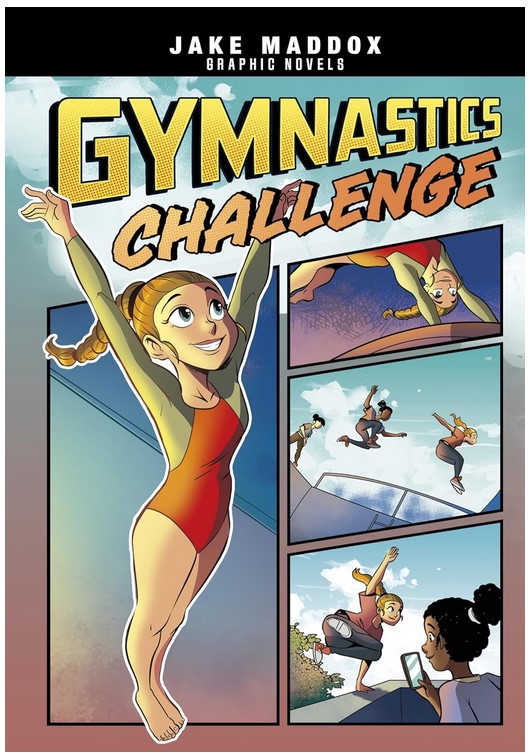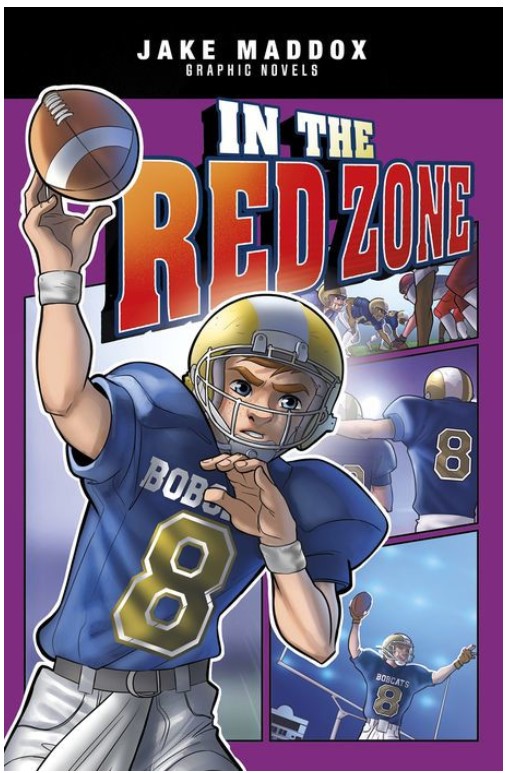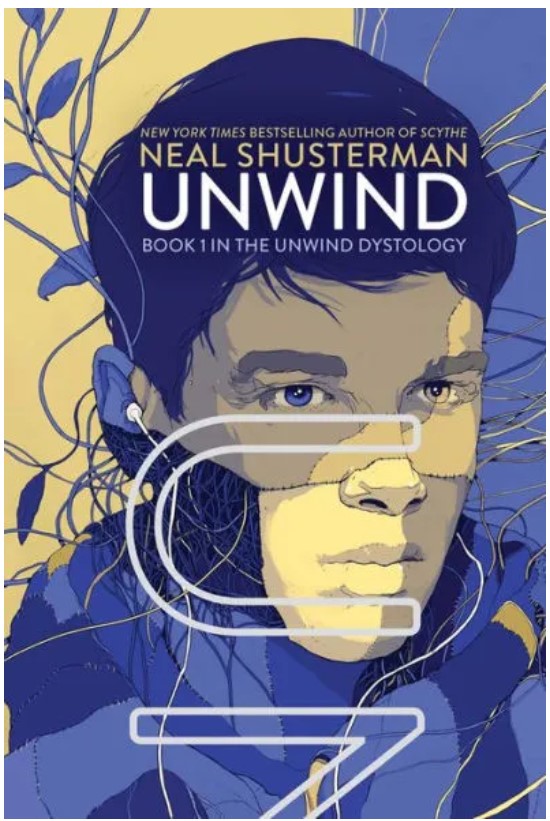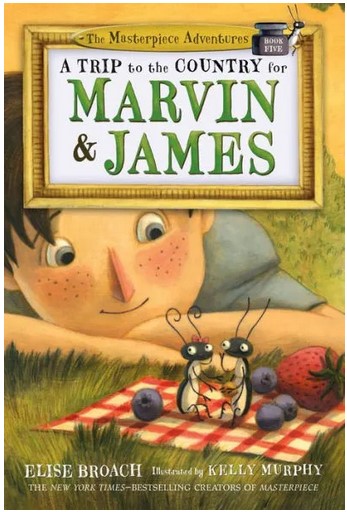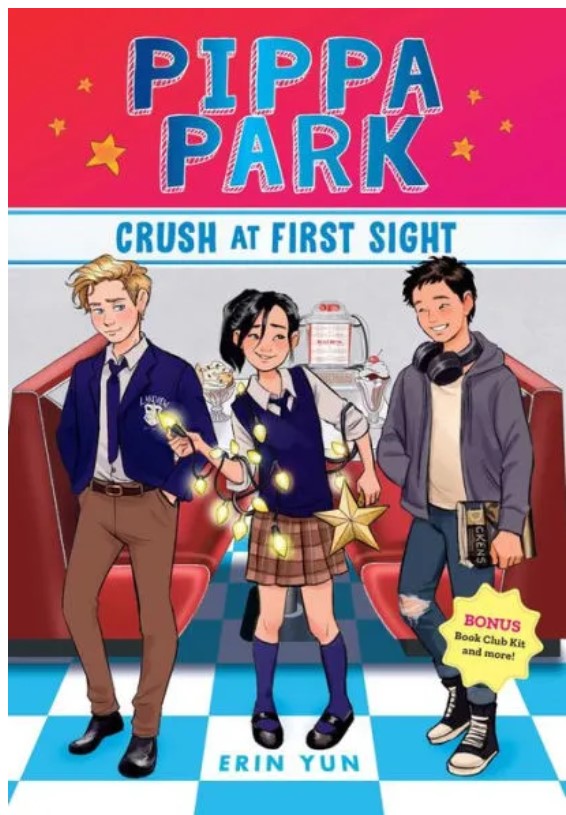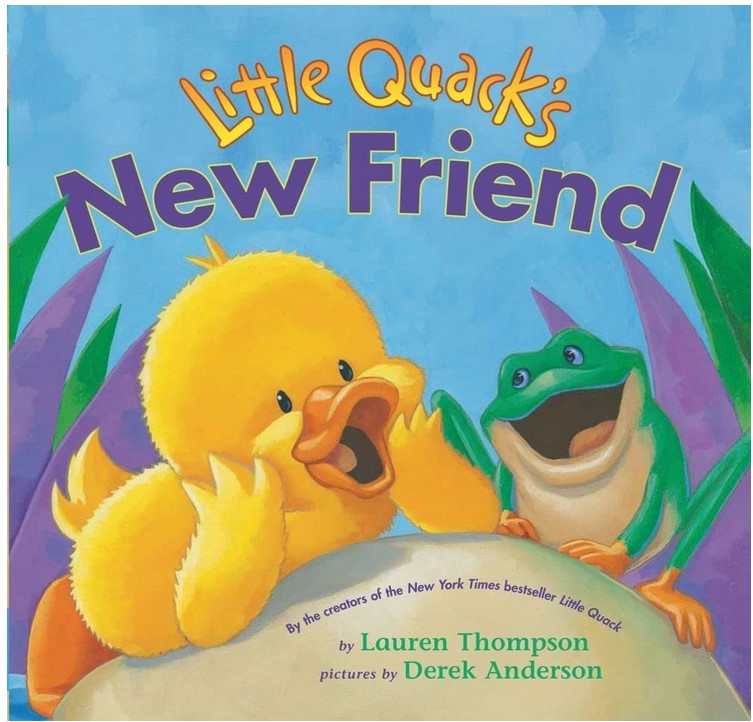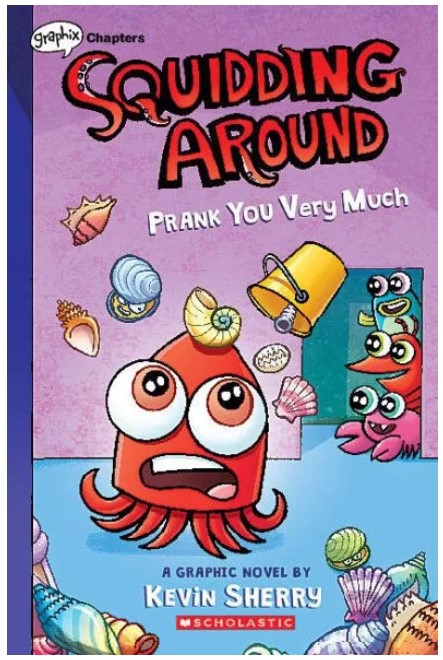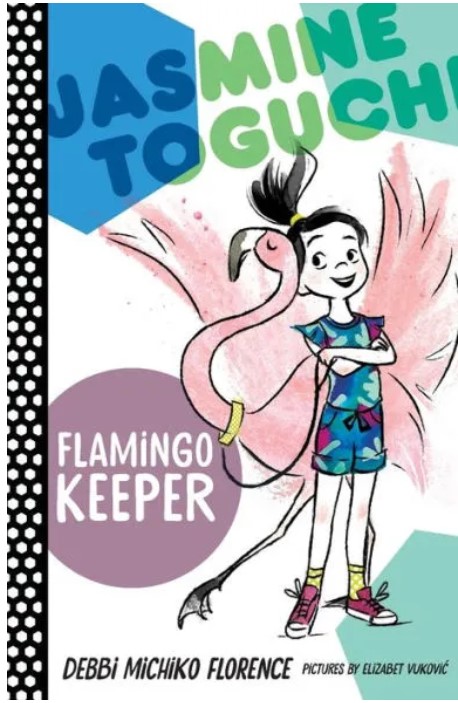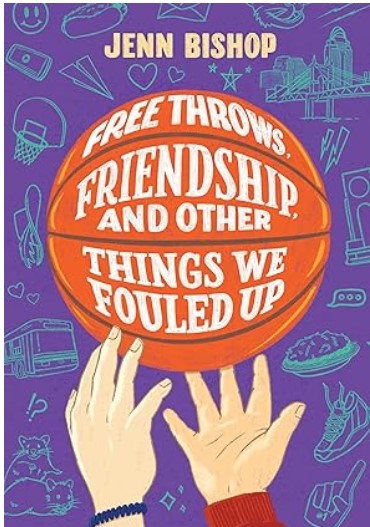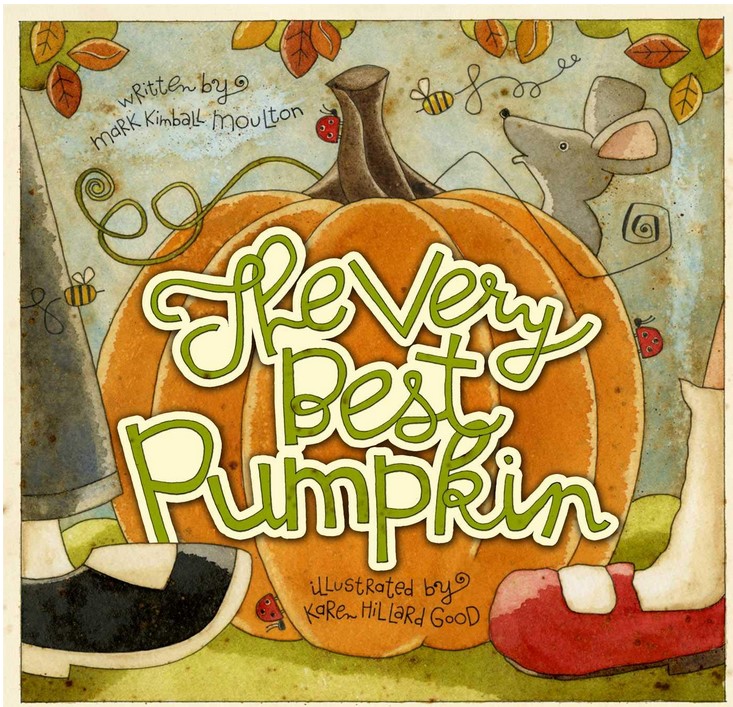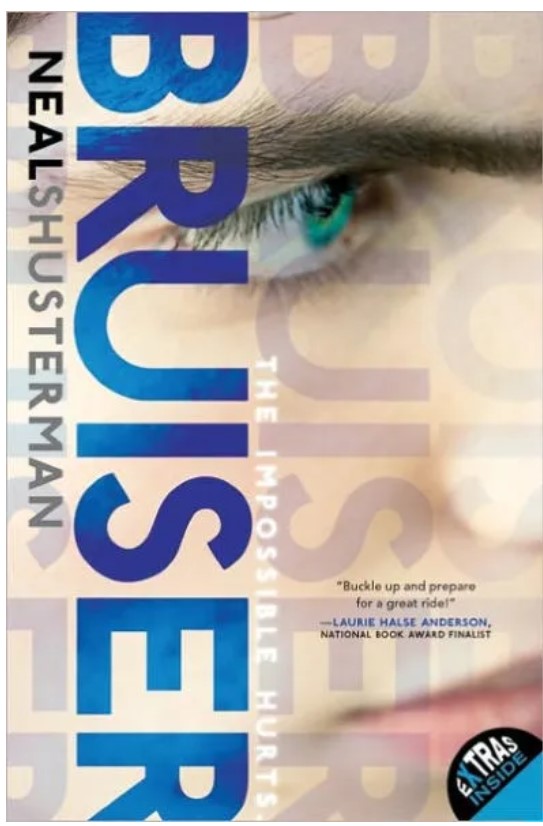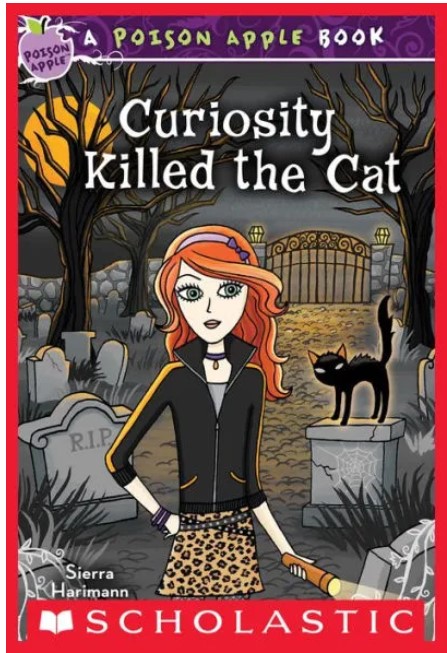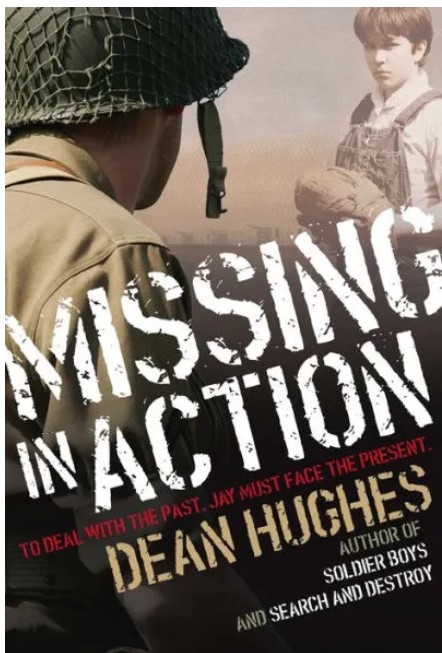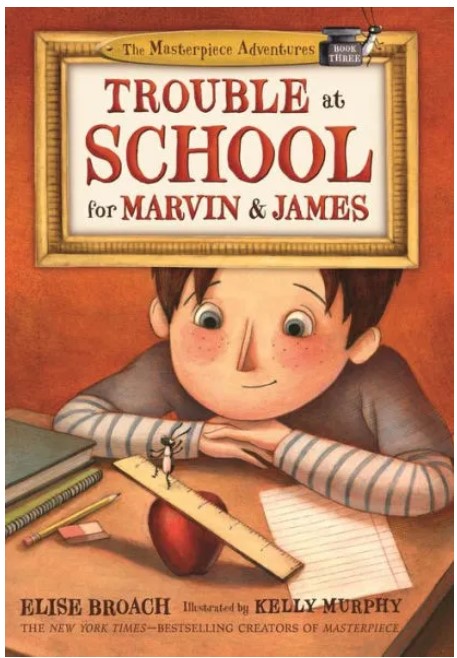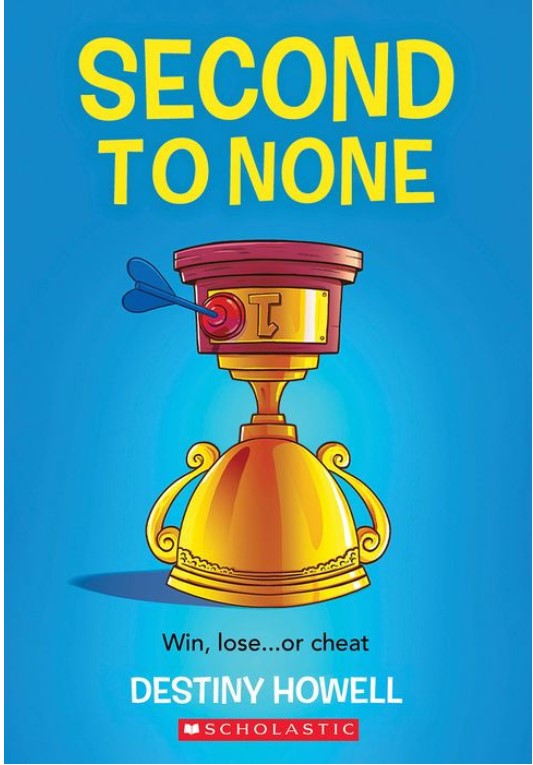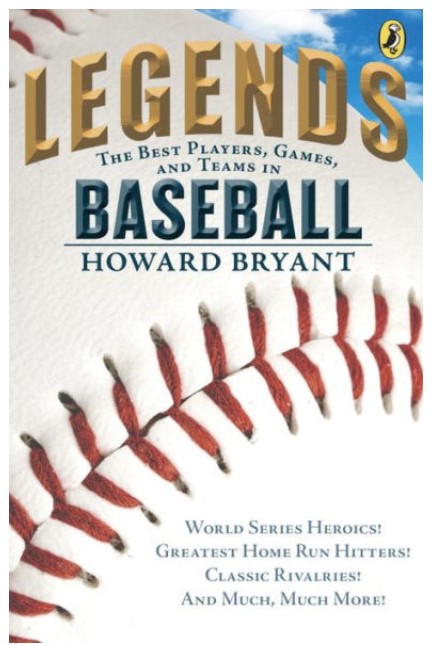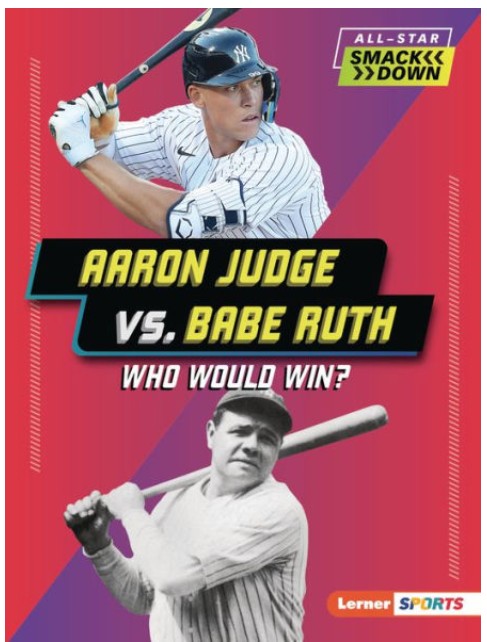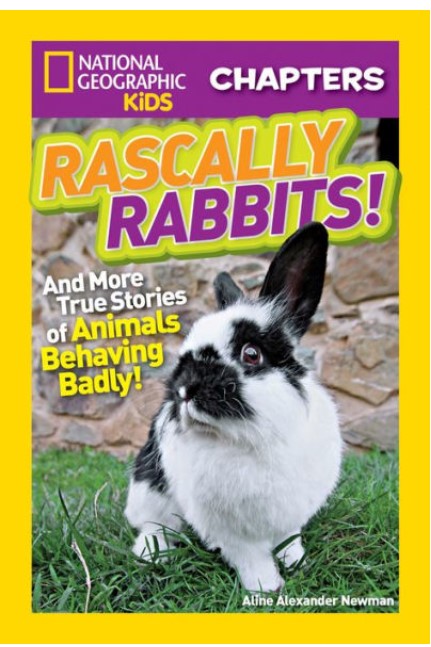It’s February of 2014 in the seaport city of Sevastopol in Crimea. Sofiya Oleksandrivna only wants two things: to figure out a way to get Ilya Ilyich to stop bullying her, and to convince her mother to come back home. But as battleships come to populate the waters around their city and Russian forces, including Ilya’s father, start to make their presence known, an even greater threat takes over Sofiya’s life.
Sofiya’s only escape is the dolphinarium where her father is a trainer at the forefront of teaching sign language to a pod of dolphins. And now the Russian military has ordered the dolphinarium to hand over its animals for military use. As armed Russian troops invade Crimea and conflict and tension continue to rise, Sofiya will do everything she can to keep her pod safe. And what she knows better than any of the soldiers occupying her city, is that the most powerful force is communication.
Sofiya’s world is forever changed when the Russians take over Crimea. As the daughter of a Ukrainian father and a Russian mother, Sofiya doesn’t want to choose sides. But when Sofiya is forced to work with Ilya, she is forced to look beyond Ilya’s public persona. Sofiya’s grandmother gives her sage advice, saying, “I told you to listen with your eyes, not only your ears. Everyone wants to be understood. Never doubt that. Most of all, though, we have to listen with our heart.”
Swimming with Spies highlights the complicated conflict between Russia and Ukraine. Often, Sofiya’s teacher, Miss Yvette, discusses the conflict with her class. One concern is that Russia will try to erase Ukraine’s culture because, before Ukraine became independent, “Ukrainians could not learn or work in their language. They had to function in Russian. And language as a weapon is something I overheard over and over since I was a kid.” Ukraine’s conflict is a central component of the book; Sofiya’s relationship with Ilya and the dolphins also highlights the importance of communication and working together.
Since the story is told from Sofiya’s point of view, the events focus on how the annexation of Crimea affects her and her friends. Sofiya grieves when the people she cares about decide to leave the peninsula. She’s frightened when her friend’s brother is arrested, and people begin losing their jobs. Using Sofiya’s point of view gives younger readers an understanding of the Russian and Ukrainian conflict without showing military conflict or violence. While most readers will not relate to the country’s conflict, they will empathize with the children and adults impacted by the annexation.
Swimming with Spies uses a unique premise to show readers the power of communication and the importance of using one’s voice. The book poses the question—are you Russian or Ukrainian—without giving an answer. In the end, Sofiya learns that “people can only decide—in the end—what’s best for them.” In addition, the book shows the power of forgiveness and not blaming others for life’s disappointments. Swimming with Spies is a powerful story that will give readers a new understanding of what it means to be Ukrainian.
Sexual Content
- None
Violence
- After Ilya and his friends use racial slurs, Sofiya’s friend Cedric and Ilya fight. “Ilya is a blur, and when I turn around, he and Cedric are tumbling on the ground. . .” One of the teachers breaks up the fight. Cedric has a slit lip but is otherwise uninjured.
- Sofiya thinks about a Ukrainian protest where “some protesters were shot at.”
- Ilya, a boy in Sofiya’s class, lost his mother in a boating accident. When he was four, his family was on a boat, and Ilya fell overboard. “Ilya was in the water, with a life jacket, thank God. But. . . well, Elena—his mother—jumped in after him. There was a large wave that crashed over her. They searched and searched, but no one could find her after that.”
- Sofiya overhears a conversation about “peaceful protesters, with Ukrainian flags, went to the parliament building, and a swarm of ‘pro-Russian’ protesters got into a fight with them. Two people were killed. Others were arrested. Not Russians, though.”
- A Russian military leader, Major Chaban, wants to use the sea animals for military purposes. While at the dolphinarium, Sofiya sees “the shape of Major Chaban. Six men with rifles are marching behind him straight to our front door.” The dolphinarium’s staff is forced to get Russian passports or be fired.
- One of Sofiya’s friends is upset because her brother was arrested after “he posted a video of himself and his friends driving around Sevastopol the other night, singing the Ukrainian anthem.”
- While at school, Sofiya gets angry and takes it out on Ilya. “The next thing I know, Ilya is under me, and I scramble onto my knees, and I feel a sharp pain. But I just start pummeling. . . I hardly land a couple of punches when I’m ripped off him.” Ilya gets a black eye.
Drugs and Alcohol
- Sofiya thinks that talk shows have “a lot of older people standing around and shouting. It’s like listening to the homeless men in the park when they’ve drunk too much vodka.”
Language
- Sofiya refers to a group of Russian classmates as “Ilya and the Idiots.”
- Sofiya overhears a conversation where two men are talking about Russians who harass Ukrainians. A man said, “Rashist—a term, he said, that is cooked up from the words Russian, racist, and fascist.”
- In another overheard conversation, a man uses the Russian word “Russkyi mir.” Sofiya thinks, “It’s not a nice thing to say. It means violence, and blood, and criminality, and corruption. Miss Yvette once said Russkyi mir involves having our Ukrainian language, our culture, our traditions all taken away, along with our land.”
Supernatural
- None
Spiritual Content
- None


